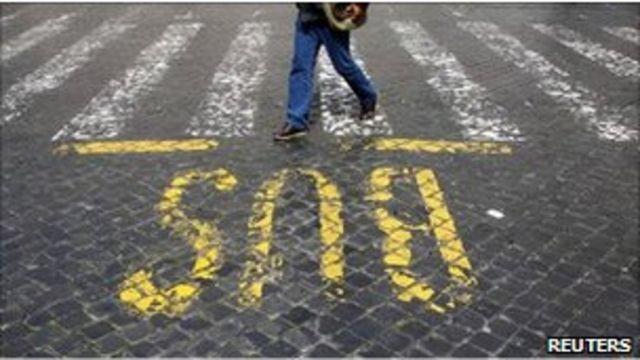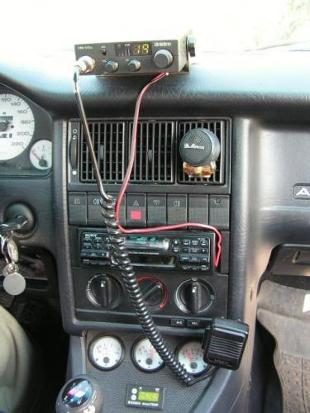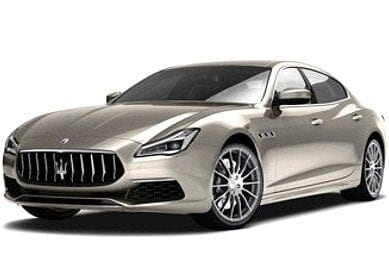
Cell phones on the road
 CB radios, so fashionable a few years ago not only among drivers, are again popular. Prices have dropped, the radio does not require any permits. And it will come in handy while driving.
CB radios, so fashionable a few years ago not only among drivers, are again popular. Prices have dropped, the radio does not require any permits. And it will come in handy while driving.
CB radios were all the rage in the early 90s. It is interesting that at that time their owners were not drivers (because it was from truck drivers from Western Europe that SVs came to Poland), but ordinary people who used them at home; There were even special taverns for, as they called it then, "Siberians". Fashion as fashion has passed quickly.
For a good dinner
CB radios were used again for several years. But not in houses, but in cars. This is fine  equipment for trucks, and on the streets you can increasingly see cars with swinging antennas on their roofs. What can this radio be used for? This is especially useful when traveling on the highway - in the city the reception is weaker, and the air is very muddy and difficult to get along. On the 19th road channel, which is usually used by drivers, you can hear information about the police hunt for speeding (some drivers are so astute that they give the world brands and registration numbers of civilian roadside vehicles), traffic jams, accidents, detours, but also where by the way you can eat well. Conversations between drivers are rare. Today, CB is just another useful device that makes travel and work easier for professional drivers.
equipment for trucks, and on the streets you can increasingly see cars with swinging antennas on their roofs. What can this radio be used for? This is especially useful when traveling on the highway - in the city the reception is weaker, and the air is very muddy and difficult to get along. On the 19th road channel, which is usually used by drivers, you can hear information about the police hunt for speeding (some drivers are so astute that they give the world brands and registration numbers of civilian roadside vehicles), traffic jams, accidents, detours, but also where by the way you can eat well. Conversations between drivers are rare. Today, CB is just another useful device that makes travel and work easier for professional drivers.
The antenna decides
CB radios operate on 27 MHz, which is a frequency that is not legally protected or reserved, for example, for certain services. Poland uses AM signal modulation. You can use the CB radio while driving because traffic regulations require hands-free kits for phones only, and CB is not a phone. The use of CB radios does not require permission if the technical parameters of the device comply with the regulations, min. transmitter power not more than 4 W, forty channels. And basically all radios offered on the market meet these criteria. And if they all have the same power, then what determines the range of radio communication, i.e. the distance at which we can communicate with another vehicle? “The range of the transmitter depends on the antenna used,” says Piotr Rogalsky from a company that sells and assembles SVs. – The longer the antenna, the greater the range.
The shortest antenna, about 30 cm, provides a range of about 2 km, 1,5 meters - 15 km, and the longest - 2 meters up to 30 km. For a car, antennas with a length of about 1,5 m are best suited - then the height of the car with the antenna allows you to use most underground parking lots. Antennas cost from PLN 60 to 460, a one and a half meter one costs about PLN 160-200.
Possible with "grazing"
The main functions of the CB radio are channel selector, volume control and adjustment.  noise suppressors (there is a lot of interference on the air and the degree of their muting can be adjusted so that we can hear speech, and not noise and crackling). The simplest CB radio costs about PLN 250.
noise suppressors (there is a lot of interference on the air and the degree of their muting can be adjusted so that we can hear speech, and not noise and crackling). The simplest CB radio costs about PLN 250.
It’s good if the radio also has an anti-interference filter and a smooth sensitivity adjustment. More expensive devices are equipped with automatic noise reduction - then the radio automatically sets the blockade level to such a level that you do not hear interference, no matter how strong they are. This is the next price level - 400-600 PLN. In addition, the radio may have a scanning function, ie. channel search - when a call is detected, the search stops and you can listen to what is happening on that channel. A very extensive radio costs PLN 700-1000.
The obligatory equipment of the radio is, of course, a “pear” or a microphone on a cable. The loudspeaker is usually located in the radio case, but the devices have an output for an external loudspeaker. The antenna is connected through a special connector.
With KB in the armpit
CB radios are powered by 12V. In passenger cars, they can be connected to the cigarette lighter socket or to the electrical system. The radio itself can be fixed using a metal frame (usually included with the device), for example, in the glove compartment or under the dashboard. Many drivers simply put it somewhere under the arm - then you can take the walkie-talkie home and not tempt thieves. We can fix the antenna permanently or only project it when we want to use the radio. Permanent mounting is nothing more than drilling a hole in the case and screwing it in just like you would a car radio antenna. It's good if the antenna is attached to the base with a removable butterfly - you can put it in front of the entrance to a low parking lot or unscrew it and hide it in the trunk when it's not needed. The exposed antennas are attached, for example, to holders, which, in turn, are put on the side window or the edge of the trunk and are pressed against the closed window or sunroof. A convenient solution - an antenna with a magnetic base - just put it on the roof. Remember that the antenna must be vertical.
